Saru ishi, or Monkey Stones, are a mysterious and intriguing set of artifacts found in Japan. These stone carvings, resembling monkeys, have captured the imagination of historians and archaeologists alike. Their exact purpose and origins remain a topic of debate, with various theories attempting to unravel the secrets of these enigmatic stones. The Saru ishi are not only significant for their cultural and historical value but also for the insight they provide into the artistic expressions of ancient civilizations in Japan.
Get your dose of History via Email
Historical Background of Saru ishi (Monkey Stones)
The discovery of Saru ishi dates back to the 19th century, when locals first stumbled upon these peculiar stones. The carvings were found in the mountainous regions of Japan, an area rich in historical artifacts. The creators of Saru ishi are believed to be the Jomon people, a prehistoric group that inhabited Japan from around 14,000 BC to 300 BC. This period is known for its pottery, which is among the oldest in the world. The Jomon people left behind a legacy of artistry and craftsmanship, with the Saru ishi being a prime example.
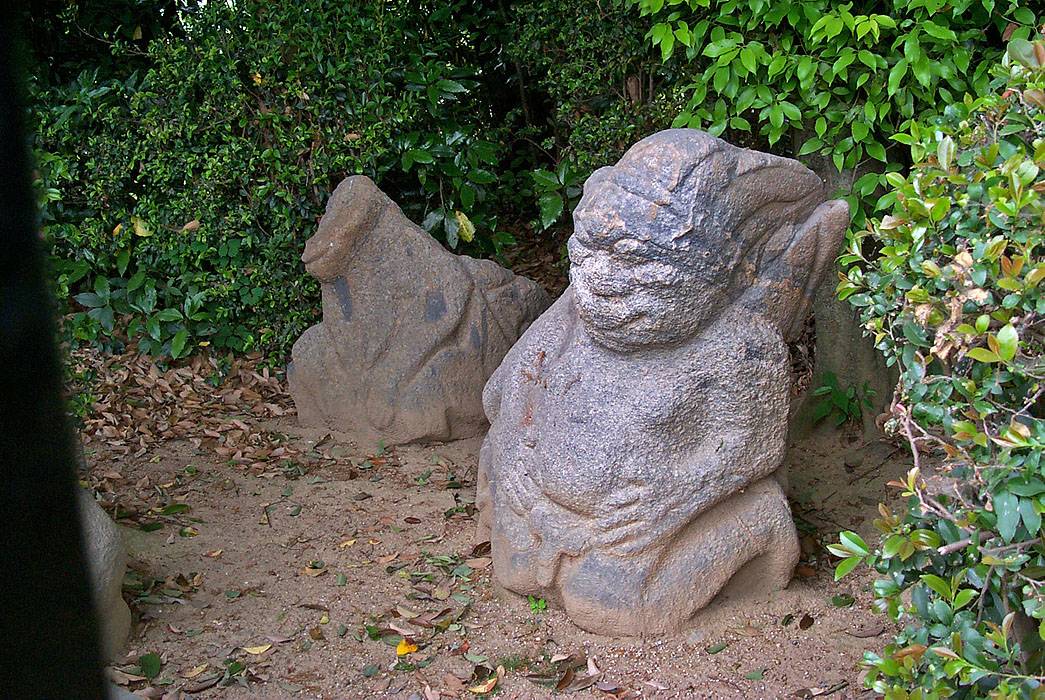
The exact date of creation for the Saru ishi is still uncertain. However, they are thought to be from the latter part of the Jomon period. The stones were not discovered in isolation: rather, they were part of larger archaeological sites that included other Jomon artifacts. This suggests that the stones had some significance to the people who created them. The sites where Saru ishi have been found do not show signs of being inhabited later by other civilizations, indicating that their importance may have been specific to the Jomon culture.
While the Saru ishi themselves were not the scene of any historically important events, their discovery has provided valuable insights into the Jomon period. The stones have sparked interest among historians and archaeologists, leading to further exploration of Jomon sites. The Monkey Stones stand as silent witnesses to the lives and beliefs of a people long gone, offering a tangible connection to Japan’s distant past.
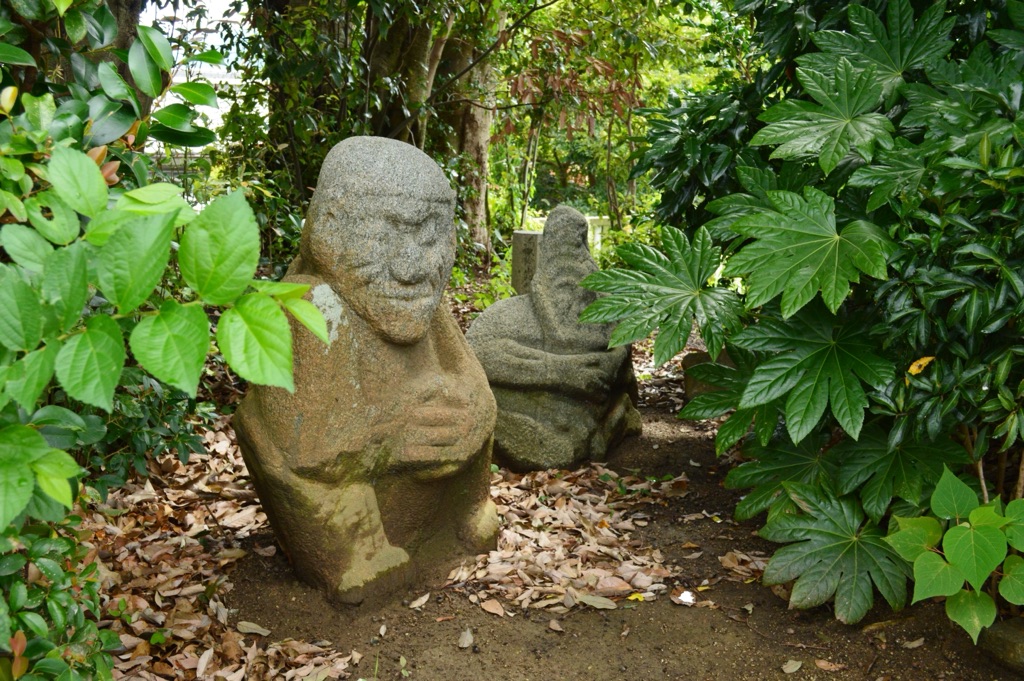
The significance of the Saru ishi extends beyond their cultural and historical value. They are also considered important within the context of religious and ritualistic practices of the Jomon people. The exact nature of these practices remains a mystery, but the stones are thought to have played a role in ceremonies or as markers of sacred spaces. The fact that they have been preserved for thousands of years speaks to their importance to the Jomon people.
The Saru ishi continue to be a subject of study and fascination. Their discovery has led to a greater understanding of the Jomon period and its people. As more stones are uncovered and research progresses, the story of the Saru ishi may become clearer. For now, they remain an enigmatic piece of history, inviting both scholarly inquiry and public curiosity.
About Saru ishi (Monkey Stones)
The Saru ishi are a collection of stone carvings that depict monkeys in various poses and expressions. These artifacts are relatively small, often fitting comfortably in the palm of a hand. The craftsmanship of the Saru ishi is notable, with intricate details that capture the essence of the animals they represent. The stones are carved from various types of rock found in the regions where they were discovered, suggesting that the Jomon people utilized local materials for their creations.
The methods of construction for the Saru ishi are believed to involve both chiseling and polishing techniques. The Jomon people likely used stone tools to shape the carvings, followed by a polishing process to achieve a smooth finish. The attention to detail in the carvings indicates a high level of skill and an appreciation for aesthetic beauty. The artistic style of the Saru ishi is consistent with other Jomon period artifacts, which often feature naturalistic and curvilinear designs.
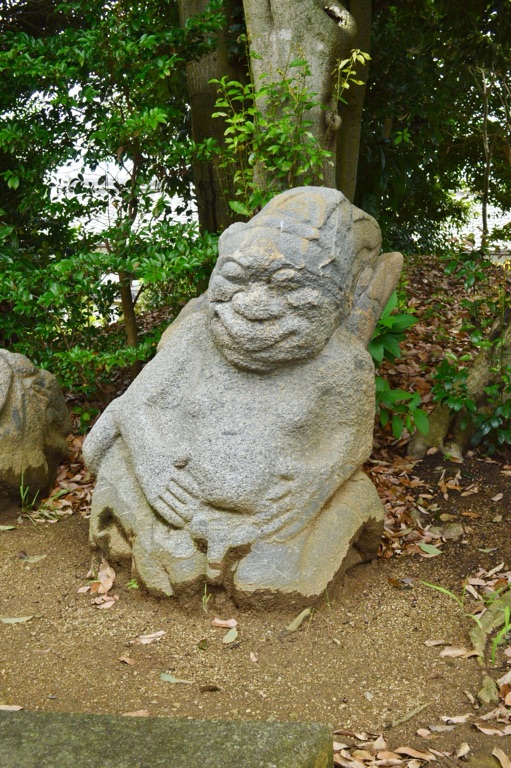
The building materials for the Saru ishi were not limited to a single type of stone. Archaeologists have found Monkey Stones made from a variety of rocks, including soft sedimentary stones that would have been easier to carve. This diversity in materials suggests that the Jomon people were resourceful and adapted their artistic techniques to the resources available to them.
Architectural highlights of the Saru ishi are not applicable in the traditional sense, as they are not structures but rather individual carvings. However, the design elements of the stones are noteworthy. Some feature monkeys in a seated position, while others depict them in more dynamic poses. The expressions on the faces of the carved monkeys range from serene to animated, indicating a desire to capture the spirit of the animal rather than a mere physical likeness.
The Saru ishi are not only artistic expressions but also artifacts that provide insight into the technological capabilities of the Jomon people. The precision of the carvings suggests that they had developed advanced techniques for working with stone, a testament to their ingenuity and artistic vision. The Monkey Stones remain a fascinating aspect of Jomon culture, reflecting both the technical skill and the aesthetic sensibilities of their creators.
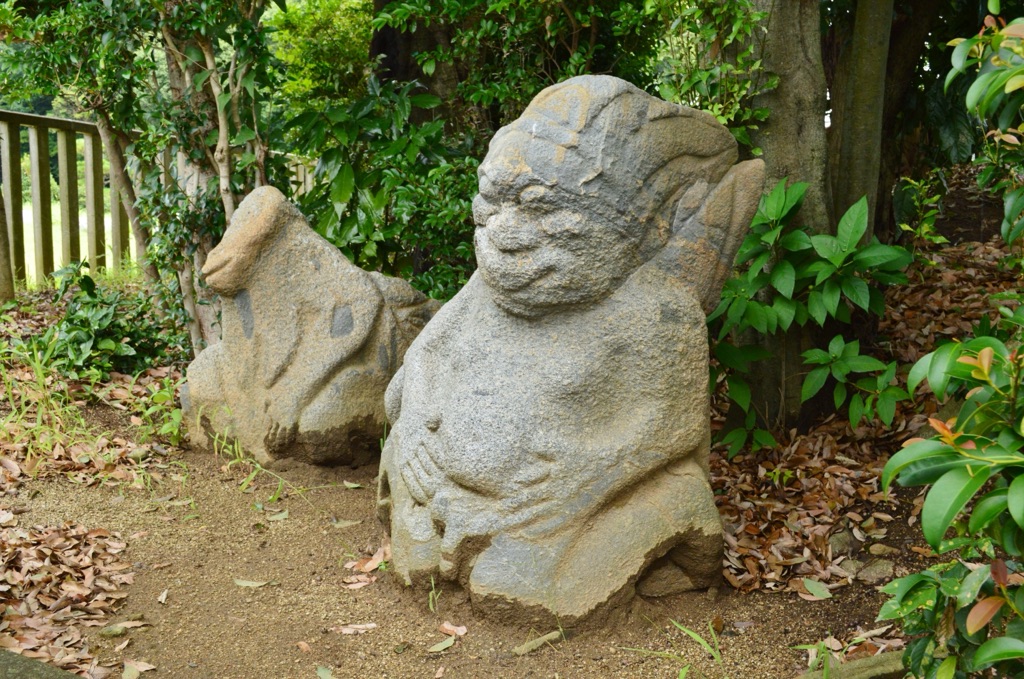
Theories and Interpretations
The purpose and meaning of the Saru ishi have been the subject of various theories and interpretations. Some scholars suggest that the stones served a religious or spiritual function, possibly representing deities or spirits in the Jomon belief system. The monkey motif may have held symbolic significance, perhaps related to fertility, protection, or other cultural values.
Another theory posits that the Saru ishi were used in rituals or ceremonies. The stones could have been offerings or markers for sacred spaces. The diversity in the carvings’ expressions and poses might indicate different roles or meanings within these ritualistic contexts. However, without written records from the Jomon period, these interpretations remain speculative.
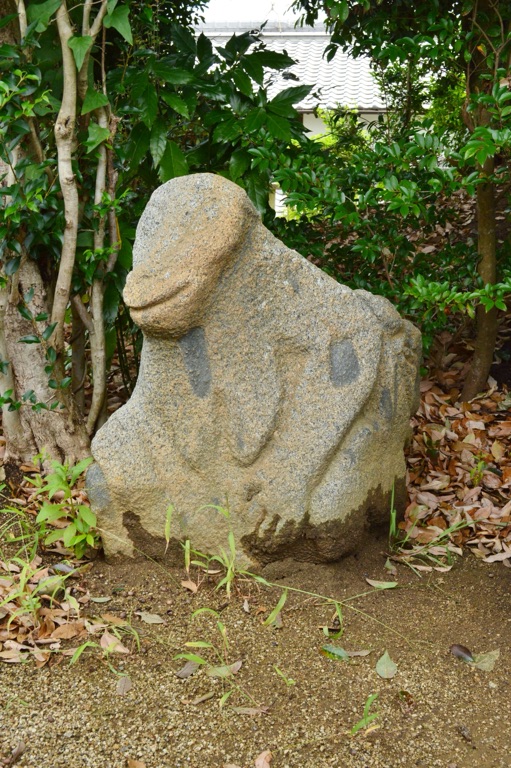
The mysteries surrounding the Saru ishi are compounded by the lack of direct historical records. The Jomon people did not have a written language, so much of what is known about them comes from archaeological findings. This means that certain aspects of the Saru ishi must be interpreted and matched to the broader context of Jomon culture and artifacts.
Dating of the Saru ishi has been carried out using various methods, including stratigraphy and comparison with other dated Jomon artifacts. While precise dating is challenging, the consensus is that the stones were created during the latter part of the Jomon period. This timeframe helps to place the Saru ishi within the broader narrative of prehistoric Japan.
Despite the ongoing research, the Saru ishi retain an air of mystery. They are a puzzle from the past, waiting to be fully understood. As archaeological techniques advance and new discoveries are made, the story of the Monkey Stones may become clearer. For now, they continue to intrigue and inspire, a testament to the enduring legacy of the Jomon people.
At a glance
Country: Japan
Civilization: Jomon
Age: Approximately 2,300 to 3,000 years old (300 BC to 1000 BC)
